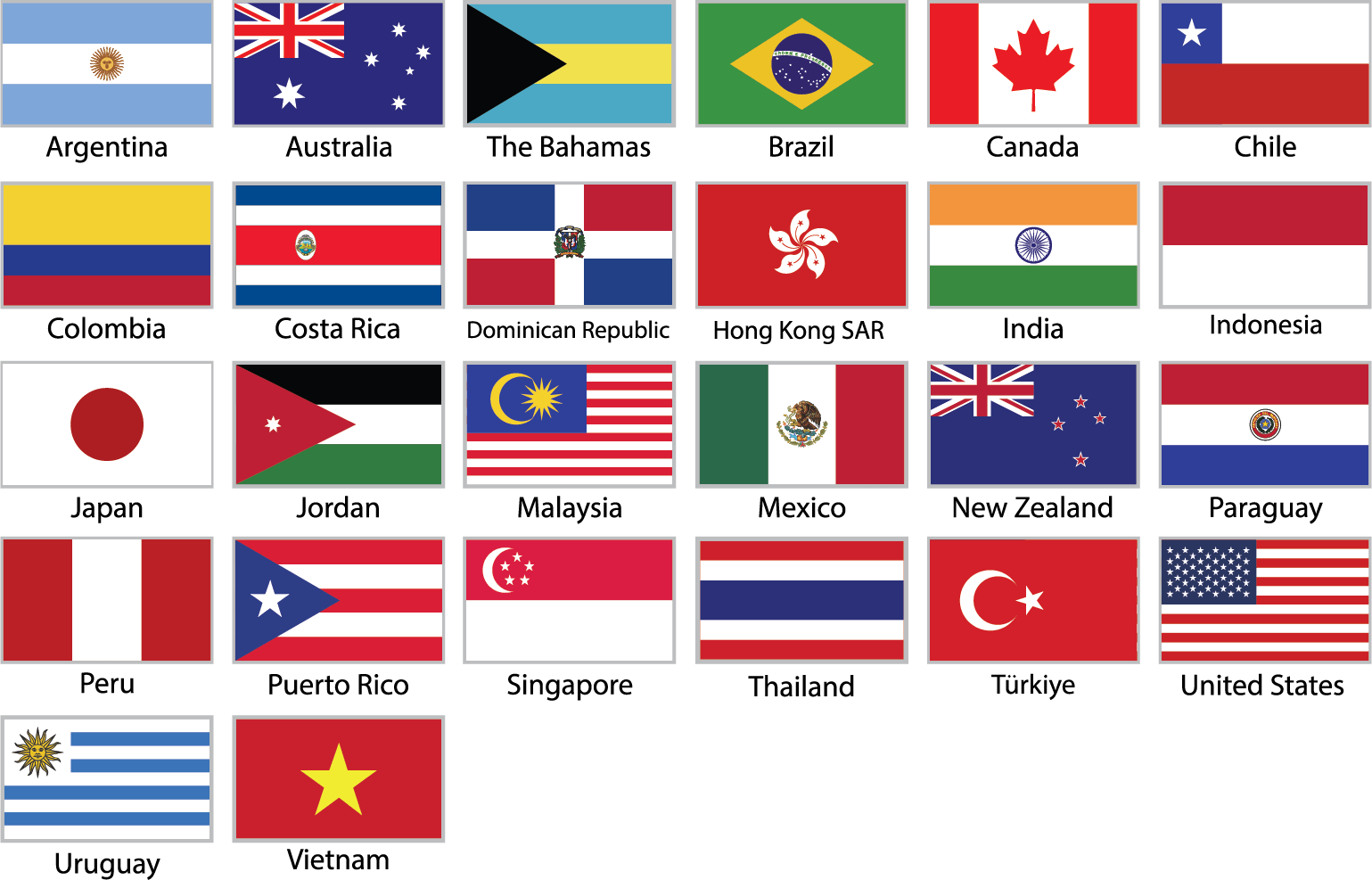Click here to view the original article
Egg cartons have more labels on them then just about any other food, so you need to read them carefully. Remember that the use of hormones in poultry has been banned since the 1960s – so all eggs are hormone free by law.
NATURAL
The term is meaningless for eggs – according to FDA regulations, no additives or colors can ever be added to eggs.
CAGE FREE or FREE-ROAMING
Over 90% of all hens are raised in battery cages that are between 48 and 68 square inches. According to THE USDA and FDA, “cage-free” or “free-roaming” means that the hens are not in cages, however they still are confined in an enclosed building.
FREE RANGE
Probably the most misunderstood of all the claims, it’s important to note that hens basically stay near their food, water and nests, and the idea of a happy go lucky bird scampering across a field is far from their natural way of life. This claim only means that the hens have access to the outdoors, not that they avail themselves of the opportunity. The hens produce fewer eggs so they are more expensive; higher product costs add to the price of the eggs. The nutrient content is the same as other eggs.
GRASS FED
There is no USDA approved definition for this claim, and hens need a diet which includes protein, which naturally often includes eating bugs – which makes this claim circumspect at best.
CERTIFIED HUMANE
The farms meet specific criteria including: cage free, no antibiotics in feed, vegetarian feed, and allow the hens a natural environment for behaviors like preening and scratching.
FERTILE
Fertile eggs are those that, when incubated, will develop into chicks. They are not more nutritious than other eggs and are usually priced higher than others, and are much more perishable.
USDA CERTIFIED ORGANIC
Organic eggs reflect the diet of the laying hens that eat only organic feed and grains grown without fungicides, herbicides, commercial fertilizers, pesticides and do not contain any animal or poultry by-products (but no regulations are in place for fish meal). No antibiotics or growth hormones are ever given to the hens, they are allowed access to the outdoors, and there is no forced molting (starvation to increase production). The nutrient content is the same as other eggs, but they are more expensive because of lower output per hen and higher production costs.

Today: 5 Things You Need to Know About Eggs
Posted: December 27, 2006 by Certified Humane
Click here to view the original article
Egg cartons have more labels on them then just about any other food, so you need to read them carefully. Remember that the use of hormones in poultry has been banned since the 1960s – so all eggs are hormone free by law.
NATURAL
The term is meaningless for eggs – according to FDA regulations, no additives or colors can ever be added to eggs.
CAGE FREE or FREE-ROAMING
Over 90% of all hens are raised in battery cages that are between 48 and 68 square inches. According to THE USDA and FDA, “cage-free” or “free-roaming” means that the hens are not in cages, however they still are confined in an enclosed building.
FREE RANGE
Probably the most misunderstood of all the claims, it’s important to note that hens basically stay near their food, water and nests, and the idea of a happy go lucky bird scampering across a field is far from their natural way of life. This claim only means that the hens have access to the outdoors, not that they avail themselves of the opportunity. The hens produce fewer eggs so they are more expensive; higher product costs add to the price of the eggs. The nutrient content is the same as other eggs.
GRASS FED
There is no USDA approved definition for this claim, and hens need a diet which includes protein, which naturally often includes eating bugs – which makes this claim circumspect at best.
CERTIFIED HUMANE
The farms meet specific criteria including: cage free, no antibiotics in feed, vegetarian feed, and allow the hens a natural environment for behaviors like preening and scratching.
FERTILE
Fertile eggs are those that, when incubated, will develop into chicks. They are not more nutritious than other eggs and are usually priced higher than others, and are much more perishable.
USDA CERTIFIED ORGANIC
Organic eggs reflect the diet of the laying hens that eat only organic feed and grains grown without fungicides, herbicides, commercial fertilizers, pesticides and do not contain any animal or poultry by-products (but no regulations are in place for fish meal). No antibiotics or growth hormones are ever given to the hens, they are allowed access to the outdoors, and there is no forced molting (starvation to increase production). The nutrient content is the same as other eggs, but they are more expensive because of lower output per hen and higher production costs.
Category: news